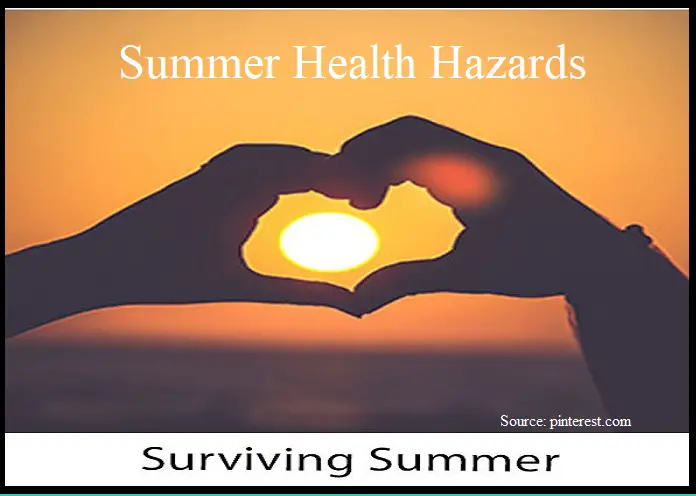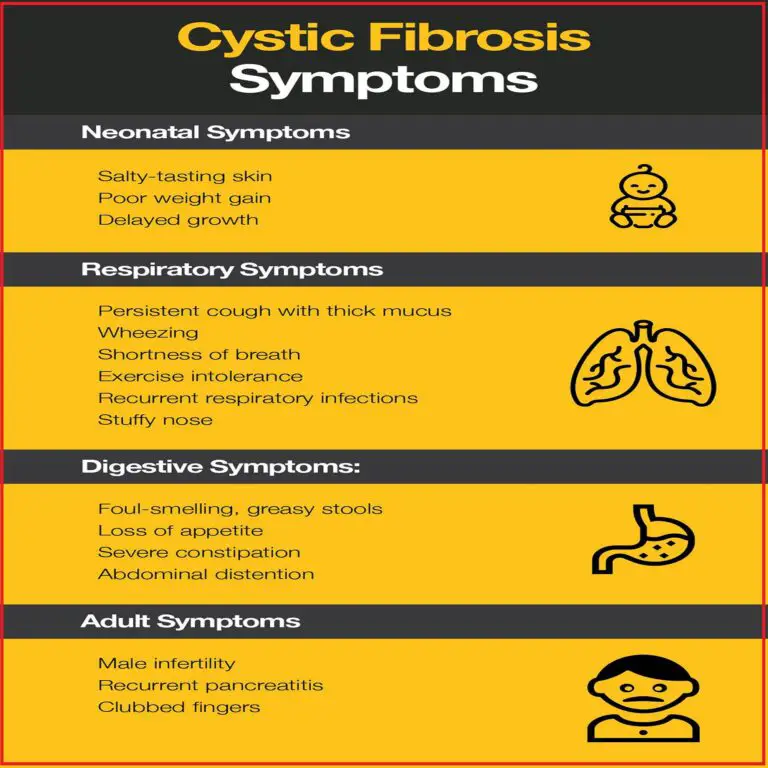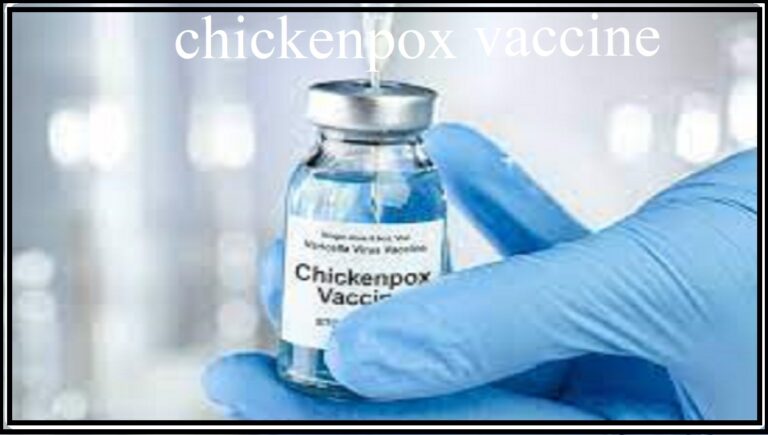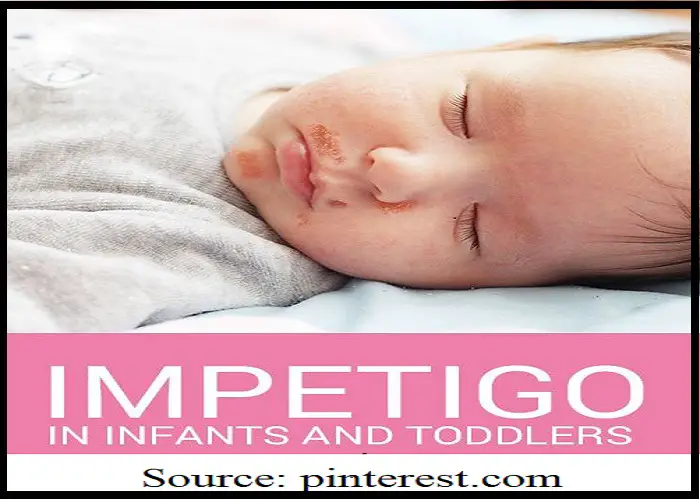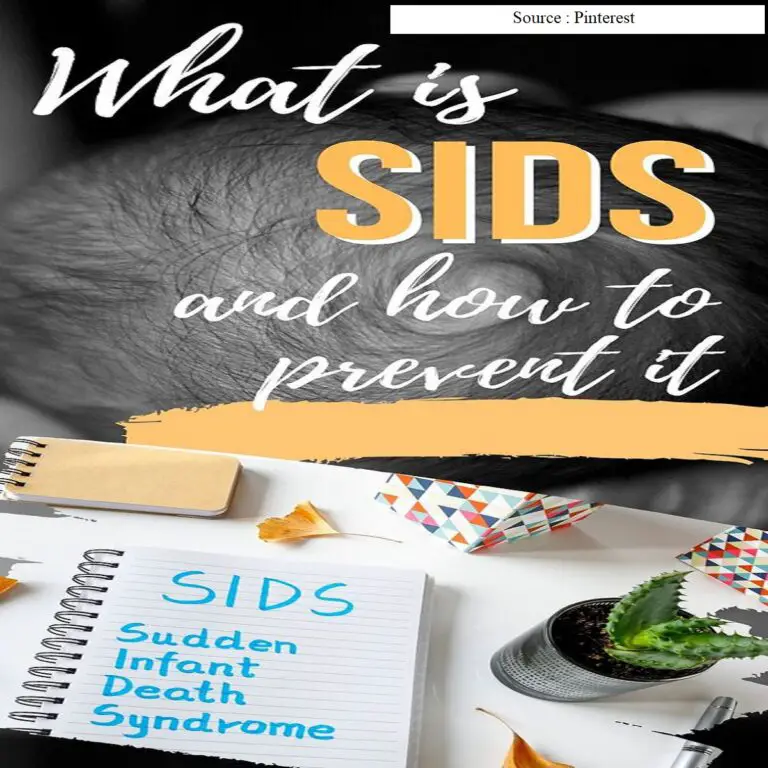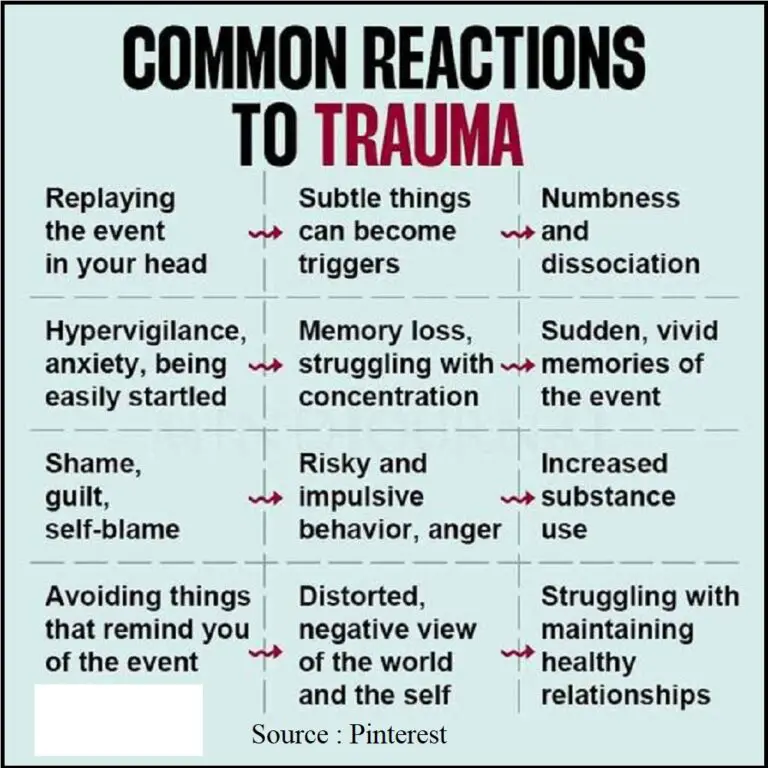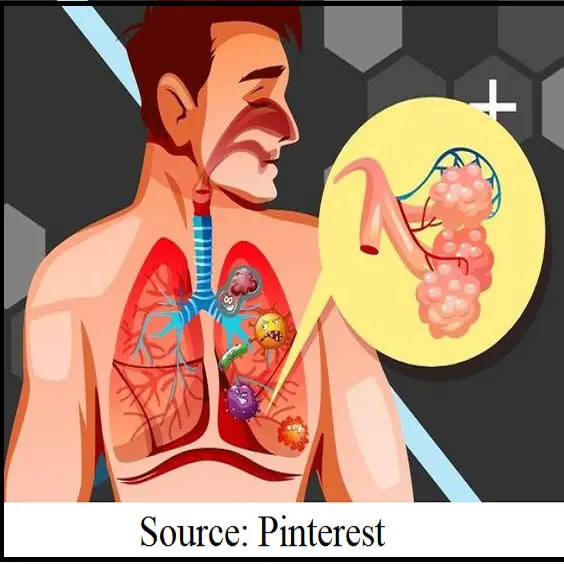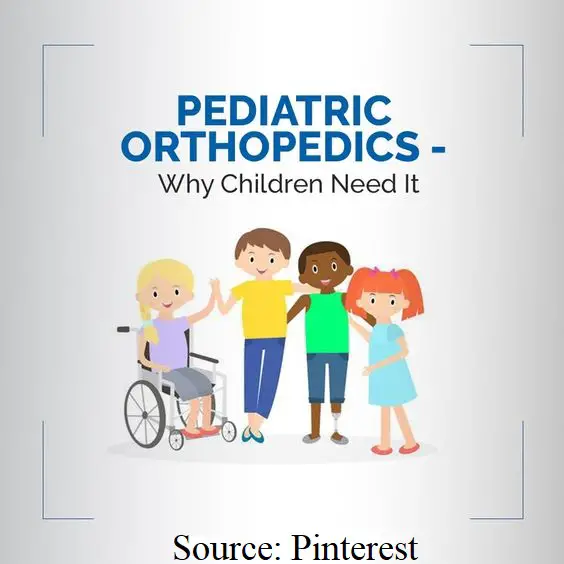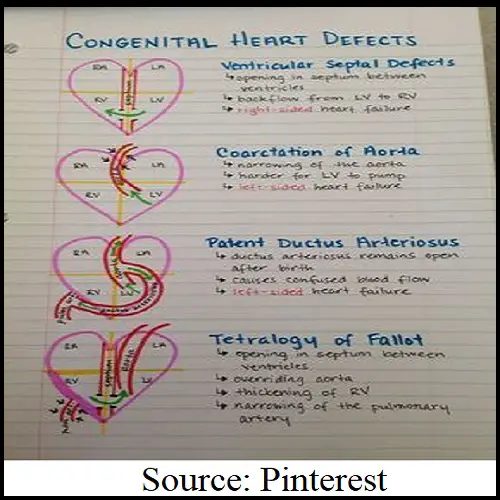Summer Health Hazards: Protecting Your Children from Common Seasonal Illnesses
Welcome to our comprehensive guide on summer health hazards and how to safeguard your children from common seasonal illnesses. As the temperature rises and families spend more time outdoors, it’s essential to be aware of the potential health risks that come with the summer season. In this article, we will explore various summer diseases that commonly affect children, discuss their causes, symptoms, prevention strategies, and offer practical tips to ensure your children’s well-being during the summer months.
Heat-Related Illnesses
Understanding the risks of heat-related illnesses, such as heat exhaustion and heatstroke, and their potential impact on children. Exploring the signs and symptoms to watch for, preventive measures, and guidelines for staying cool and hydrated.
Sunburn and Skin Protection
Highlighting the importance of sun protection to prevent sunburn and other skin-related issues. Discussing the use of sunscreen, appropriate clothing, hats, and sunglasses, as well as seeking shade during peak sun hours.
Waterborne Diseases
Educating parents about the potential for waterborne illnesses, such as swimmer’s ear and gastrointestinal infections, and the steps to minimize the risks. Addressing the importance of clean swimming areas, proper hygiene practices, and ear drying techniques.
Insect-Borne Diseases
Raising awareness about insect-borne diseases like Lyme disease, West Nile virus, and mosquito-borne illnesses. Providing information on effective insect repellents, protective clothing, and proper tick removal techniques.
Foodborne Illnesses
Highlighting the increased risk of foodborne illnesses during summer picnics, barbecues, and outdoor activities. Discussing safe food handling practices, proper storage of perishable foods, and the importance of clean preparation surfaces.
Allergies and Asthma
Addressing the prevalence of seasonal allergies and asthma triggers during the summer months. Discussing common allergens, symptoms to watch for, and tips for managing allergies and asthma effectively.
Hydration and Nutrition
Emphasizing the importance of proper hydration and nutrition during the summer. Providing guidance on maintaining a balanced diet, encouraging water intake, and offering healthy snack alternatives.
Outdoor Safety
Discussing general outdoor safety measures, such as using appropriate safety gear, practicing good hygiene, and being mindful of potential hazards like poisonous plants or stinging insects.
Protecting your children from common seasonal illnesses is crucial for their health and well-being during the summer months. By being aware of the potential hazards and implementing preventive measures, you can ensure a safe and enjoyable summer for your family. Remember to stay vigilant, follow recommended guidelines, and seek medical attention if necessary. With proper care and attention, you can protect your children from summer health hazards and create lasting memories of a fun-filled and healthy summer season.
